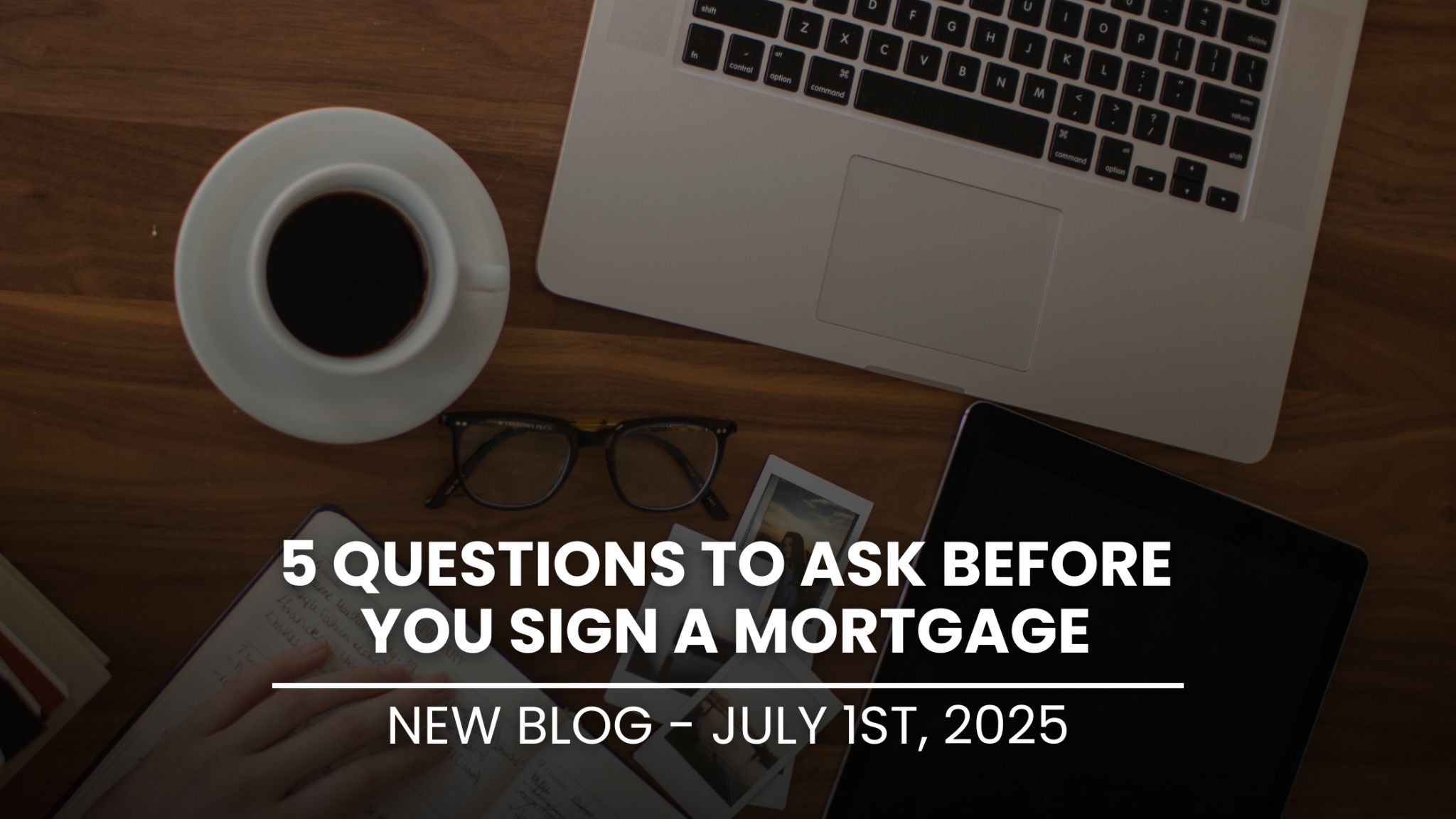Shopping for your first mortgage can feel like a big step, but it doesn’t have to be confusing. As someone who’s helped many young Canadians navigate their first home purchase, I’ve found that asking a few key questions up front keeps everything clear and stress-free.

Every mortgage falls into one of threecategories: fixed rate, variable rate, or a combination of the two. A fixedrate keeps your interest and payments the same for the entire term, which makesbudgeting simple. A variable rate often starts lower but can rise or fall asthe Bank of Canada adjusts its key rate. A combination mortgage lets you splitpart of your loan at a fixed rate and part at a variable rate. Think about howlong you plan to stay in your home and how comfortable you are with possiblerate changes.
Banks and brokers often advertise theirdiscounted rate front and center, but that’s not the whole story. The postedrate is the lender’s list or standard rate before any discount is applied. Yourdiscounted rate is what you actually pay each month. Meanwhile the annualpercentage rate, or APR, reflects the true cost over the term by including mostlender fees such as application or administration charges. Comparing APRsacross lenders gives you a clear picture of which offer really costs you theleast in the long run.
Beyond interest there are a variety offees that can catch you off guard if you’re not prepared. You may faceapplication fees, appraisal and legal fees, property transfer taxes, anddischarge fees when you pay off or switch mortgages. If you decide to breakyour mortgage early or pay more than your allowed prepayment limit the lenderwill charge a penalty. Ask your broker for a written fee schedule so you knowexactly what you’ll owe, both now and if you need to make changes later.

Lenders use a “stress test” to ensure youcould handle higher interest rates in the future. They also look at two keyratios: the gross debt service ratio, which compares your housing costs to yourincome, and the total debt service ratio, which compares all your debts to yourincome. By running your numbers through these measures your broker can tell youthe maximum mortgage you qualify for and suggest a payment that keeps youcomfortable. This way you won’t feel stretched too thin if interest rates riseor unexpected expenses pop up.
If you come into extra cash—perhaps froma bonus, gift, or savings—you’ll want to use it to pay down your mortgagefaster. Lenders usually allow an annual lump-sum payment of around 10 to 20percent of your original mortgage amount, and they may let you increase yourregular payments by a set percentage. Exceeding these limits can trigger apenalty based on the lender’s posted rate. Ask for all prepayment details soyou can plan a five- or ten-year strategy to reduce your interest costs and ownyour home sooner.

By covering these five areas with yourmortgage broker or lender you’ll gain confidence, avoid hidden fees, and choosethe best mortgage for your needs. Ready to get personalized advice and stepinto homeownership?
Call me at 647-980-5399 or email: alex@ontariomortgageexpert.ca, and let’s find the right mortgage to fit your life.